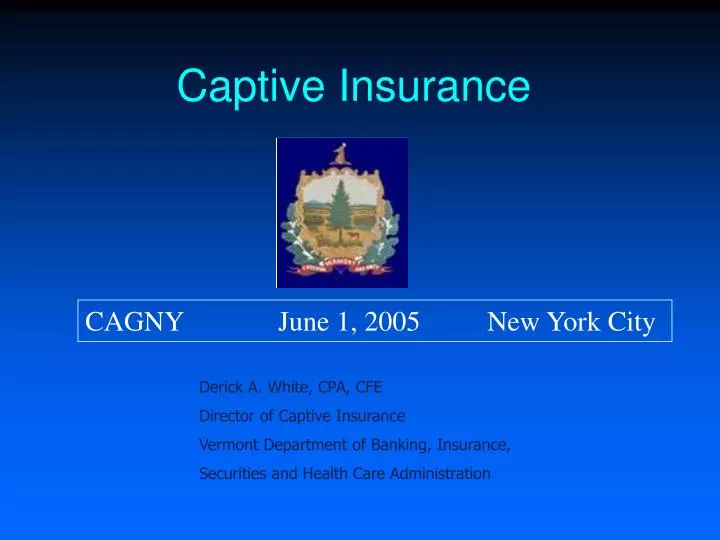Welcome to the fascinating world of captive insurance, where innovative strategies are employed to unlock the full potential of risk management. Captive insurance is a powerful tool that allows businesses to take control of their insurance needs by forming their own insurance company. By doing so, they gain numerous advantages, including greater flexibility, cost savings, and improved risk management practices.
One notable form of captive insurance is known as the microcaptive, which is regulated under IRS 831(b) tax code. This particular provision enables small to mid-sized businesses to establish their own captive insurance company and enjoy certain tax benefits. By utilizing this alternative risk-financing mechanism, companies can tailor their insurance coverage to specifically fit their unique risk profiles, rather than relying solely on traditional insurance offerings.

In this article, we will delve deeper into the captivating world of captive insurance, exploring its intricacies, benefits, and potential applications. We will examine the different types of captives, such as microcaptives, and shed light on the various risk management strategies employed within this industry. Join us as we unlock the potential of captive insurance and discover how it can be a game-changer for businesses seeking to mitigate their risks effectively. Let’s dive in!
Understanding Captive Insurance
Captive insurance is a fascinating and dynamic concept that has been attracting increasing attention in recent years. It offers a unique approach to managing and mitigating risks for businesses. At its core, captive insurance involves the creation of an insurance company by a parent company to provide coverage for its own risks, rather than relying solely on traditional insurance providers.
One particular type of captive insurance that has gained popularity is the 831(b) captive. Named after the IRS 831(b) tax code, this form of microcaptive insurance allows small to medium-sized businesses to form their own insurance companies and benefit from potential tax advantages. These captives are typically set up to insure risks that traditional insurance companies may not readily provide coverage for.
The appeal of captive insurance lies in the control it offers to businesses. By establishing their own insurance company, companies can tailor coverage to their specific needs, rather than relying on generic policies provided by external insurers. This level of customization can prove invaluable for businesses operating in specialized industries or facing unique risks.
In the next section of this article, we will explore the advantages of captive insurance in more detail, shedding light on the potential benefits it offers to businesses of all sizes. Stay tuned to uncover how captive insurance can unlock new opportunities for risk management and financial stability.
Exploring the IRS 831(b) Tax Code
The IRS 831(b) tax code is a significant aspect of captive insurance. It provides certain tax benefits for small captive insurance companies that meet specific criteria. Essentially, the tax code allows these companies to be taxed only on their investment income, rather than their premium income.
By qualifying under the IRS 831(b) tax code, captive insurers can have greater flexibility and potential for financial growth. This code is specifically designed for small insurance companies that generate $2.3 million or less in annual written premiums.
Under this tax provision, captive insurers can receive favorable treatment for their premium income. Rather than being taxed on the full premium amount, these small captives are only subject to tax on their investment income, which includes dividends, interest, and capital gains.
It’s important to note that the IRS closely scrutinizes captive insurers operating under the 831(b) tax code. To ensure compliance, captives must adhere to strict regulations and demonstrate that they function as a legitimate insurance company, providing genuine risk transfer. Failure to meet these standards may result in penalties and the loss of tax benefits.
The IRS 831(b) tax code provides captive insurance companies with a unique opportunity to optimize their financial performance. It allows small captives to efficiently manage their tax obligations, encouraging growth and stability within the captive insurance industry. However, it is crucial for those involved in captive insurance to fully understand and comply with the requirements outlined by the IRS to reap the benefits of this tax provision.
The Advantages of Microcaptive Insurance
Microcaptive insurance, also known as captive insurance under the IRS 831(b) tax code, presents numerous benefits for businesses that choose to explore this captivating world of self-insurance.
-
Cost Efficiency:
Microcaptive insurance provides an opportunity for cost savings. By establishing their own insurance company, businesses can potentially reduce their insurance expenses. This approach allows for better risk management, as policies can be customized to fit the specific needs of the business, eliminating any unnecessary coverage and associated costs. -
Tailored Coverage:
One of the major advantages of microcaptive insurance is the ability to tailor coverage to the unique risks faced by a particular business. Unlike traditional insurance policies, which often provide standardized coverage, microcaptive insurance enables businesses to design policies that address their specific risks and vulnerabilities. This tailored coverage provides a sense of security and peace of mind, as it focuses on the exact areas where the business needs protection the most. -
Asset Protection:
Microcaptive insurance offers businesses a means of protecting their assets. By establishing a captive insurance company, businesses can safeguard their assets and ensure they are shielded from potential liabilities or litigation. This added layer of protection can be particularly beneficial for businesses operating in high-risk industries or facing specific legal or regulatory challenges.
In conclusion, microcaptive insurance offers a range of advantages that can significantly benefit businesses looking to unlock their potential in mitigating risks, reducing costs, and ensuring tailored coverage. By exploring the captivating world of captive insurance, businesses can take control of their insurance needs and optimize their risk management strategies for long-term success.
